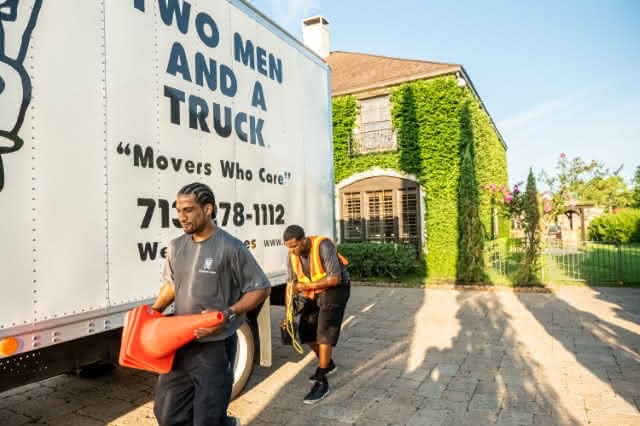
If you’ve just purchased a new home, then you’re well aware of the feeling of excitement around your purchase as you’ve made a huge step in your life.
From setting up the home purchase and closing to going through a move and settling in, there is a lot to celebrate when becoming a homeowner! There is also a great deal of responsibility as you begin to take care of your new home. This responsibility includes making sure it’s safe as there are several important areas to consider.
We’ve been helping people into new homes for more than 30 years, and have picked up on a few of the important safety measures you should check upon moving in. Follow this helpful safety checklist to make sure your new place is ready to go!
Electrical
Ensure to familiarize yourself with the electrical box in your home to figure out the best way to turn off the electricity in case of an emergency.
If you notice a damaged wire or an outlet doesn’t look right, call an electrician to ensure everything is working properly.
Water and Pipes
Scan your new home and find where the water shut off is located – this will come in handy if there is a situation where you need to shut off water quickly, such as a broken pipe or flooding.
Go around the home and check all areas with water or pipes for leakage, corrosion, or rust so you can get out in front of the problem and fix it before it becomes serious.
Smoke Alarms and Detectors
Be sure your new home has the proper amount of smoke alarms and even more important – make sure they work.
If they aren’t working right, get some new batteries installed in them immediately. It’s not a bad idea to test smoke alarms regularly to make sure they are working right, which will provide you peace of mind that you’ll be alerted if there’s a fire.
Also – another detector that should be checked when moving in is a carbon monoxide alarm, which should be located on each level of the home.
Create an Emergency Plan
Much like the point above, it’s not so much a checklist item, but it is a good idea to develop an emergency plan for you and other members of your home. Talk it over and determine the best escape area in each part of the home and make sure everyone is on the same page with a designated meeting place outside.
Miscellaneous Emergency Checklist Items
- Have a first-aid kit readily available in your home.
- Develop an emergency kit that can be easily accessible in case of an emergency. Use this comprehensive guide to building one from the American Red Cross.
- If there are senior citizens living at the home, consider the possibility of a medical alert system.
- Make note of anything that is broken, damaged, or not working properly when moving into your home so it can be fixed.